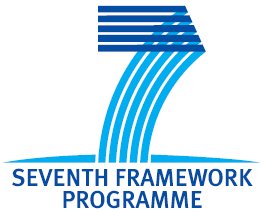Project News
An experimental comparison of different real-time schedulers on multi-core systems
The global deadline scheduler patchset for Linux SCHED_DEADLINE (implementing Earliest Deadline First and Constant Bandwidth Server real-time scheduling algorithms) has been exploited to investigate on pros and cons of different approaches to real-time scheduling on big multi-core systems. Researchers at SSSA published a journal paper in which an experimental comparison among the Rate Monotonic (RM) and Earliest Deadline First (EDF) multi-core real-time schedulers is performed, with a focus on soft real-time systems.
The designer of a real-time system often needs to compare different available real-time scheduling strategies, in terms of their impact on the performance of the hosted applications.
Unfortunately, performance figures coming from execution on real hardware are usually not available, as the research community mainly focus on the theoretical aspects of such algorithms. Therefore, it has been important to quantify run-time performance and overheads in order to complement the theoretical properties of a scheduler with its practical performance figures. In this way, the designer can now take a more informed decision on which scheduler to select for various application workload types.
Without giving too many details, the reader is referred to the original publication for more information, it is worthy to highlight that clustered approaches appeared to be the most valuable ones. Clustered schedulers partition the available processors into clusters to which tasks are statically assigned, but in each cluster tasks are free to execute on every core belonging to the cluster (the task is migrated from one core to another when needed). The following picture shows an example of the findings. Cumulative distribution functions (CDF) of obtained laxity values (relative deadline minus response-time, it is representative of how precisely the actual behaviour of the tasks adheres with what expected, higher laxity is better) under various scheduling policies are depicted.






